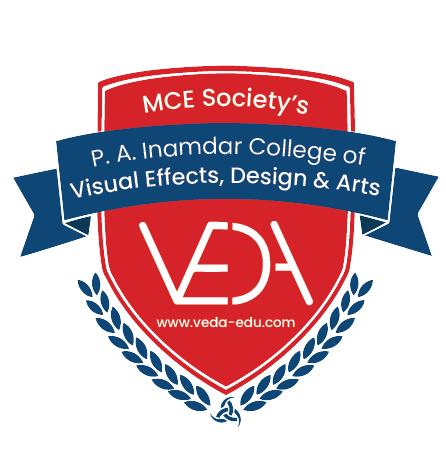Animation has been entertaining audiences for years, with its colourful and dynamic visuals bringing stories to life in a way that traditional art forms simply cannot. While the basic principles of animation have remained the same since its inception, advancements in technology and software have brought about a wealth of new techniques and possibilities for animators to explore. In this article, we’ll take a look at some of the latest developments in the field of animation.
Realism and Immersiveness
One of the biggest trends in animation today is a focus on realism and immersiveness. Gone are the days when cartoons were the sole domain of children, and animation has become an increasingly popular medium for storytelling aimed at adults. This has led to a push towards more cinematic visuals and dynamic camera work, often incorporating elements of live-action filmmaking techniques.
One example of this is the recent Disney remake of The Lion King, which not only features incredibly lifelike CGI animals, but also utilises virtual reality technology to allow the filmmakers to explore and capture the virtual space in which the film is set. Similarly, the upcoming movie Sonic the Hedgehog has been in development for years, with the animators working tirelessly to create a more realistic version of the titular character that will be more immersive and engaging for audiences.
Virtual Reality
Virtual reality and augmented reality have become popular areas of exploration for animators, with many companies and studios working on projects that incorporate these technologies. Virtual reality allows viewers to become fully immersed in the world of the animation, with the ability to move around and interact with the environment in a way that traditional animation cannot provide.
For example, the Disney Research Hub has been working with virtual reality technology to create a 360-degree immersive experience that puts the viewer right into the middle of an animated scene. This technology can be used not only for entertainment purposes, but also for educational or therapeutic purposes as well.
Computer-Generated Imagery
Computer-generated imagery (CGI) has been a staple of animation for decades, but recent advancements in technology have made it more versatile and widely used than ever before. With the ability to create lifelike characters and environments, CGI is being used in everything from blockbuster movies to video games.
One example of this is the recent movie Alita: Battle Angel, which features a completely computer-generated main character who looks and moves like a real person. Similarly, the recent live-action adaptation of The Jungle Book utilized extensive CGI to create a believable jungle environment and lifelike animal characters.
Motion Capture
Motion capture technology has also become increasingly popular in recent years, allowing animators to capture the movements and expressions of real people and use them to create realistic animated characters. This technology has been used in movies like Avatar and King Kong, as well as video games like Gears of War and God of War.
The recent movie Pokémon Detective Pikachu also utilized motion capture for the titular character, with actor Ryan Reynolds performing the movements and expressions that were later translated into the animated Pikachu seen on screen. This technology can also be used for things like creating realistic facial movements for animated characters or capturing the movements of dancers for use in animated music videos.
3D Printing
3D printing technology has become increasingly popular in recent years, with many animators and artists using this technology to create physical models of their animated characters and environments. This allows them to study the details of the design in three dimensions and make any necessary adjustments before creating the final animated version.
3D printing can also be used to create props and set pieces for animated movies or TV shows, as well as toys and merchandise that tie in with the animation.
Why should I join the Animation Industry?
There are several reasons why a young aspirant should consider joining the animation industry. Below are some of the reasons:
- Creativity: Animation is a highly creative field, allowing artists to bring their imaginations to life in a way that few other industries can offer. As an animator, you have the opportunity to create entire worlds, characters, and storylines from scratch, giving you an outlet to express your creativity and demonstrate your artistic skills.
- Career Opportunities: The growth of the animation industry is quite remarkable, and with it comes an excellent opportunity for career growth. The demand for skilled animators has never been higher, and there are plenty of job opportunities in various sectors, such as film and television, video game development, advertising, and other digital media.
- Job Satisfaction: Being part of a team that works together to create something that is unique and visually engaging can be incredibly satisfying. Animation adds visual appeal to various media, and as an animator, you become a significant force in entertainment and storytelling. The feeling of putting out high-quality work that entertains and inspires people can be very rewarding.
- Flexibility: Animators have the chance to work in an industry that is relatively flexible in terms of the work schedule. Animation work is done in studios but can also be done remotely, as long as the animator has the right equipment and software. A significant number of animators are also freelancers, which allows them to be their own bosses, choose their projects, and work at their own pace.
- Learning Opportunities: Joining the animation industry gives young aspirants the opportunity to learn constantly. Technology is continually advancing in the animation industry, which means animators have to keep up with their skills to stay relevant. This requires a continuous learning process that would improve your skills and knowledge.


